
Images: National Geographic's Untamed Americas
Mobula Ray
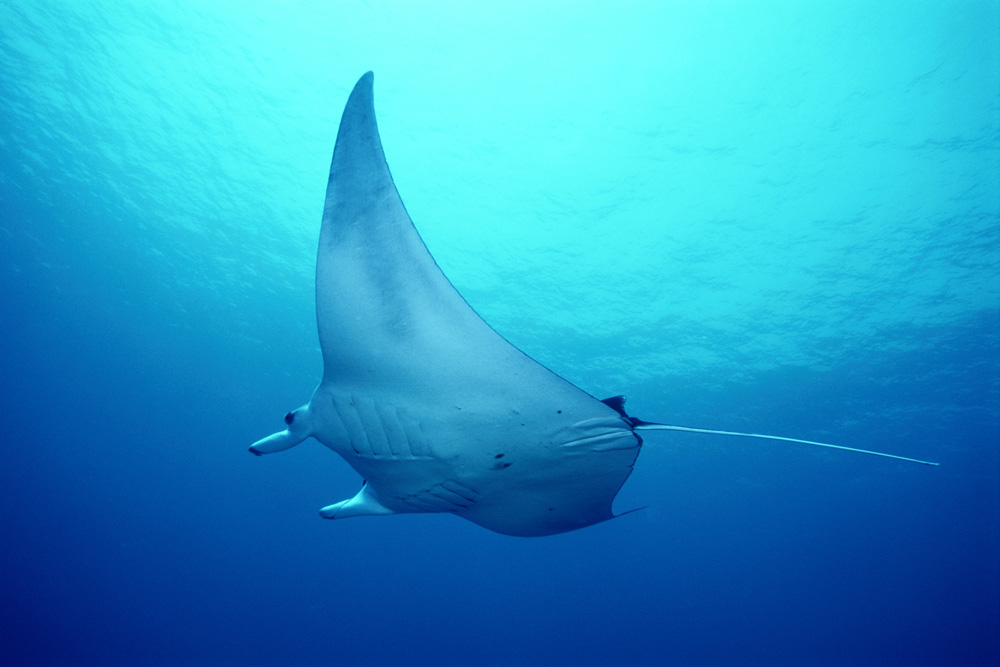
Off the coast of Baja California, Mexico. This is just one of a parade of magnificent creatures featured in "Untamed Americas," the new miniseries from the National Geographic Channel. Click through to get a glimpse of some of the incredible animals that call the Americas home.
Peruvian Sea Lions
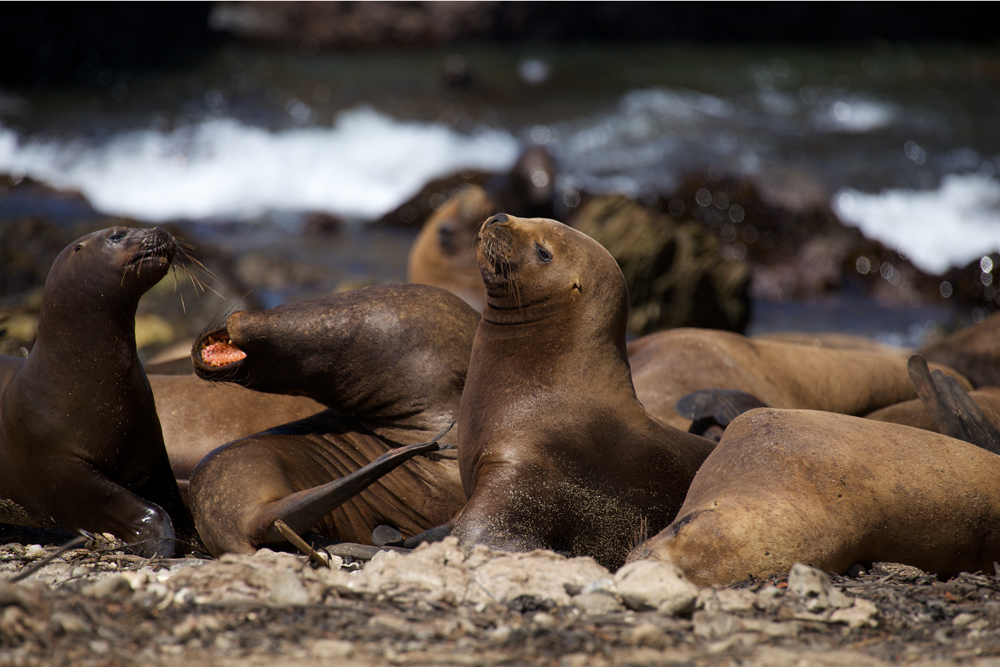
Off the coast of San Juan, Peru. The series, which kicks off on June 10, 2012, features animals that live in four ecosystems: mountains, deserts, forests and coasts.
Humboldt Squid
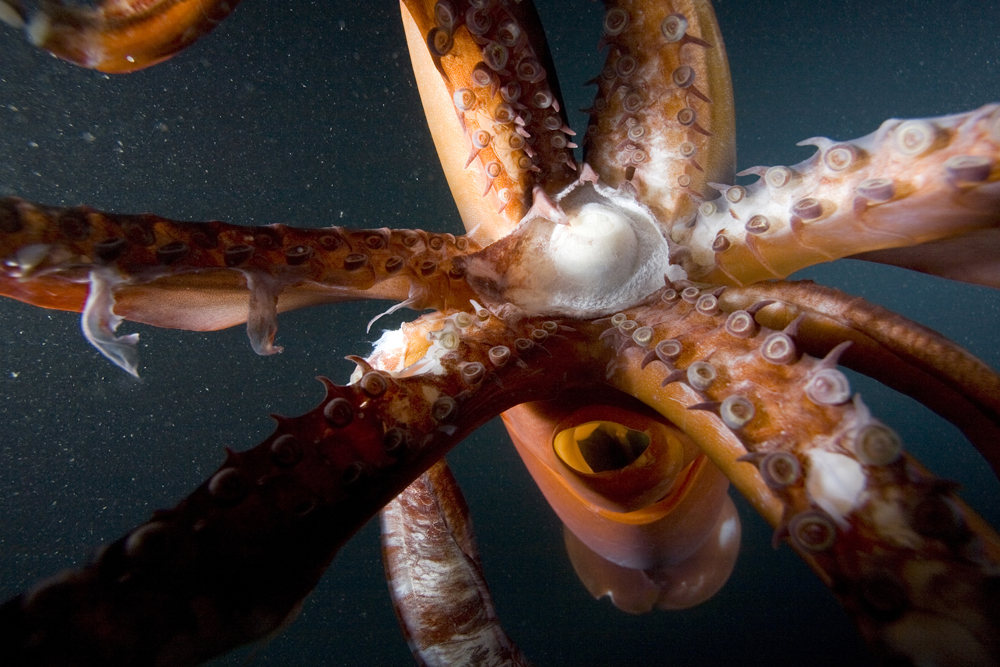
Beak and tentacles of a Humboldt squid off the coast of Baja California, Mexico.
Pelican
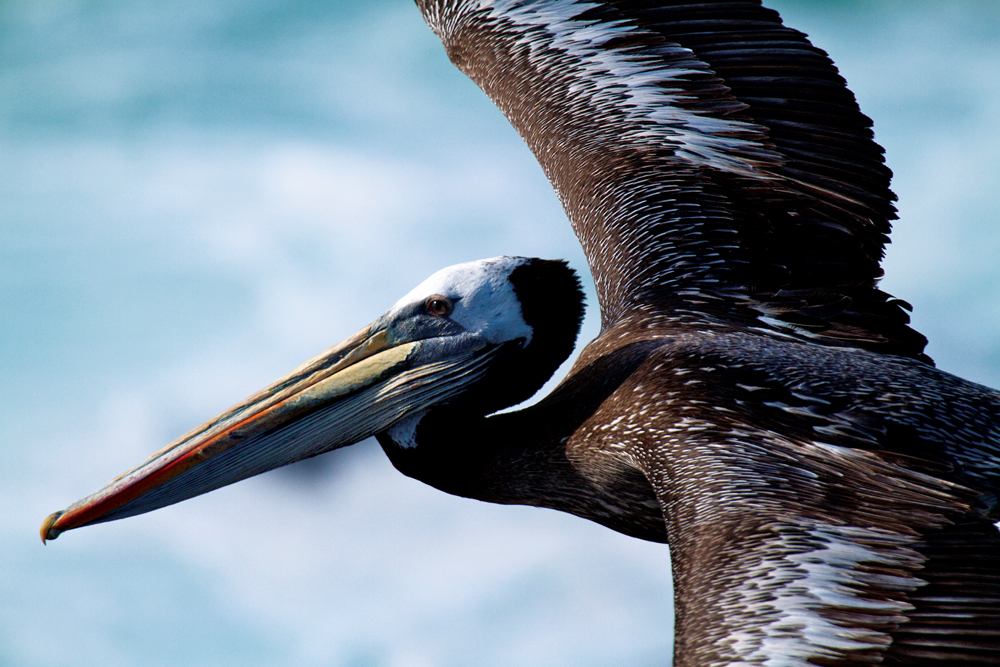
Off the coast of Punta San Juan, Peru. The series wanders the length of North and South America.
Polar Bear
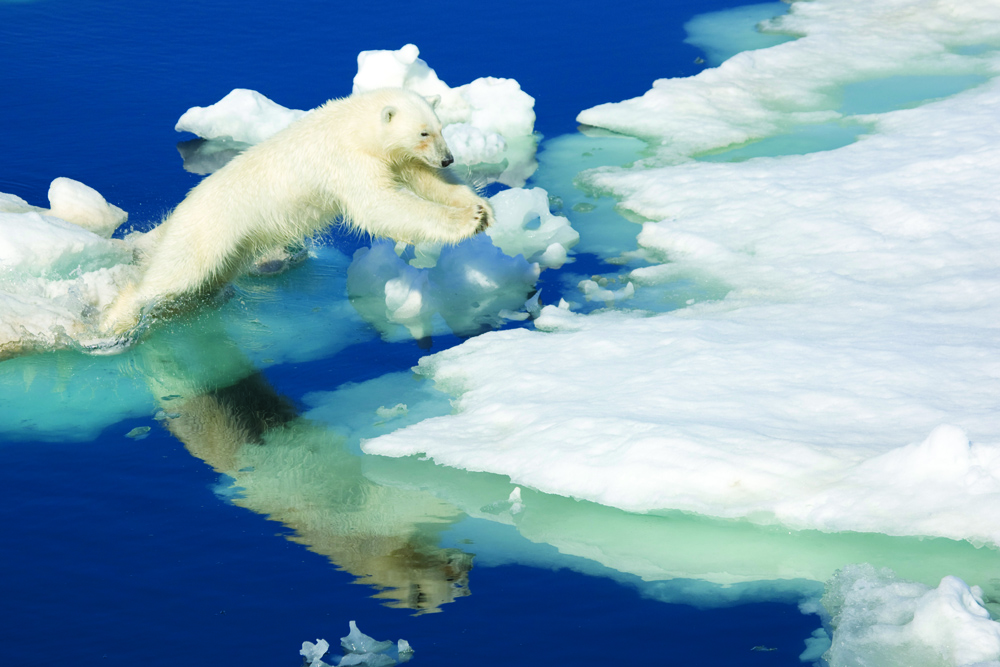
Off the coast of the Glacial Coastline, North America. Filmmakers had to live through some brutal conditions to catch animals in their natural environments.
Regal Horned Lizard
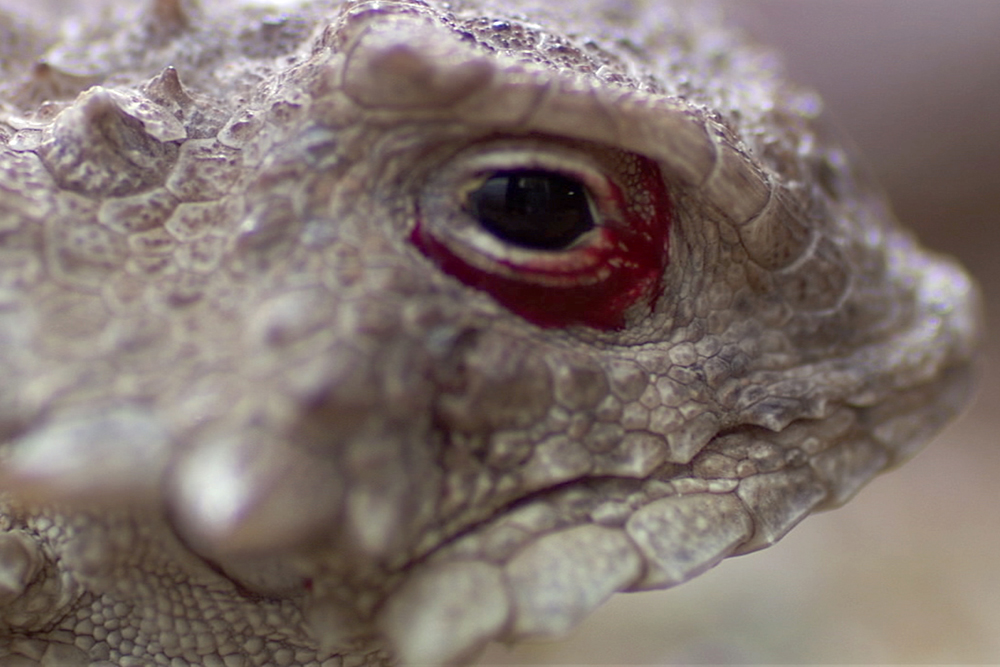
In the Sonoran Desert, North America.These hard-living lizards can shoot blood from their eyes when attacked. The blood tastes terrible, repelling would-be predators.
Flamingos
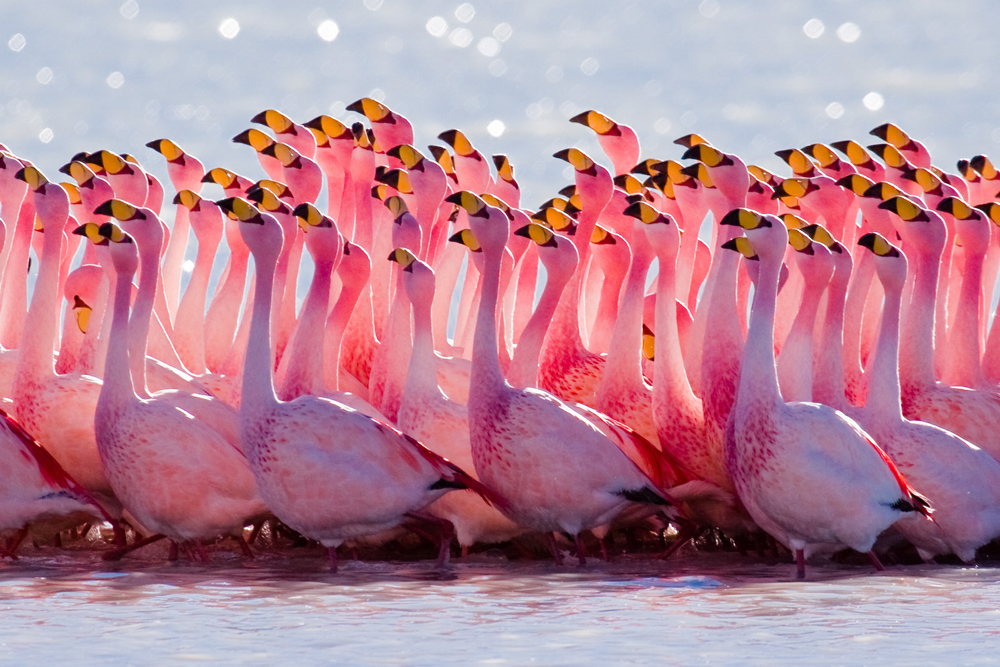
In Altiplano, Chile. At 15,000 feet, this location was one of the most brutal for the filmmakers.
Sign up for the Live Science daily newsletter now
Get the world’s most fascinating discoveries delivered straight to your inbox.
WIld Mustangs
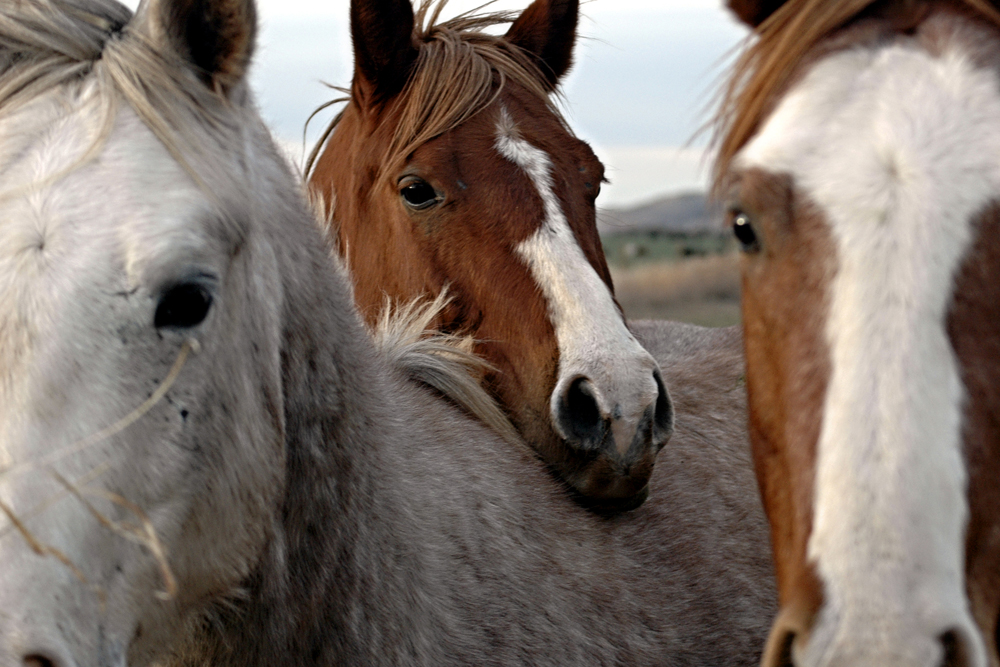
In Utah, USA. These wild horses can fight dirty.
Pink River Dolphins
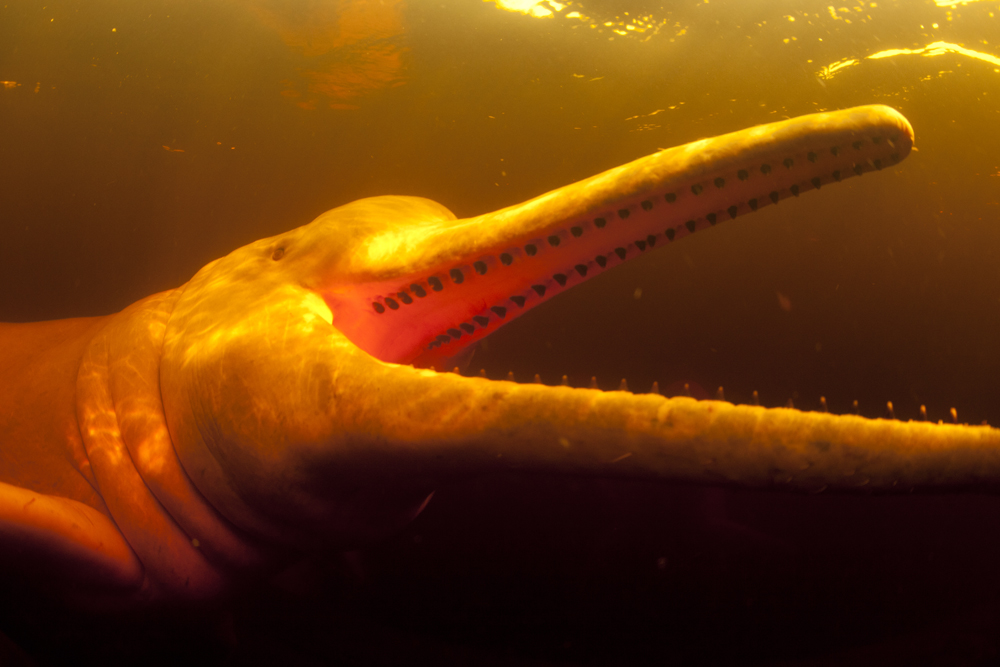
In the Amazon, Brazil.
Spirit Bear
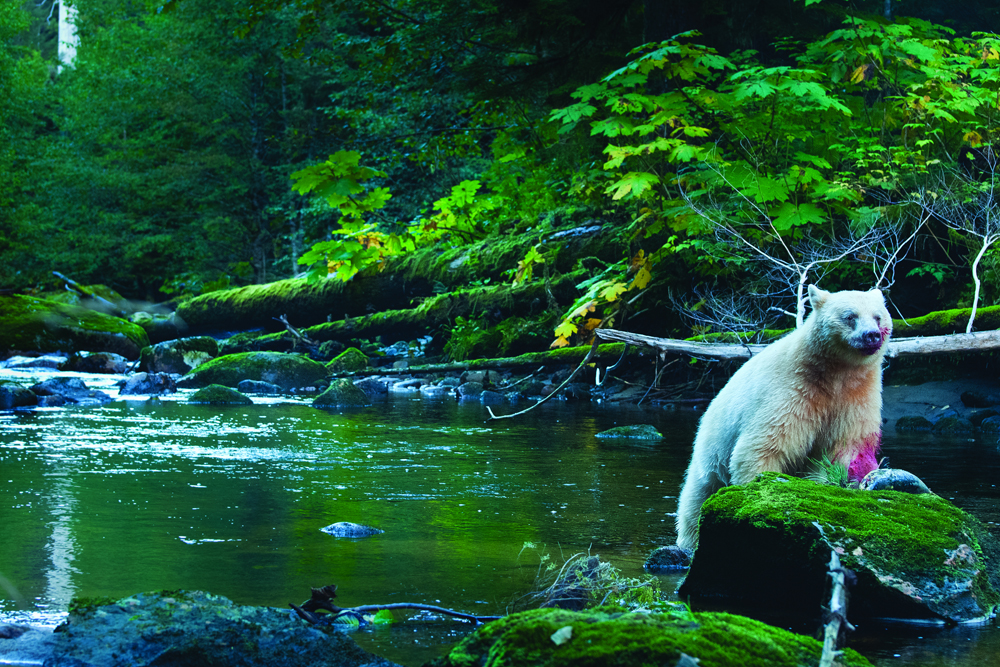
In the Temperate Rain Forest, British Columbia. The films also feature grizzly bears and black bears in rare footage of the large beasts hunting young elk.
Jasper National Park
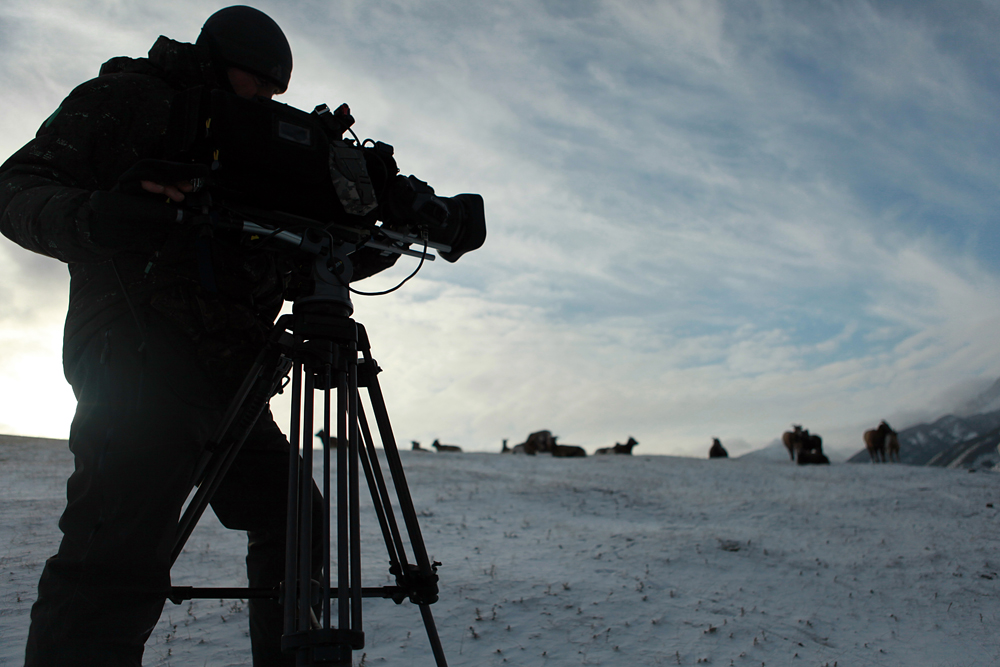
In Alberta, Canada. National Geographic crews spend more than 600 days shooting at more than 40 locations for the series.










